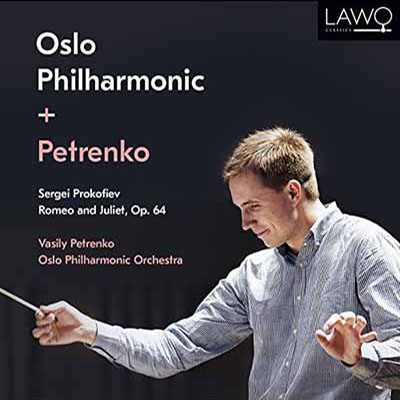Sergei Prokofiev: Romeo and Juliet
LAWQ / 2016
Sergei Prokofiev: Romeo and Juliet
Prokofiev’s imaginative orchestration has made the ballet Romeo and Juliet world-famous, primarily through the orchestral suites as opposed to the ballet as a whole. Unmistakably a child of the Rimsky-Korsakov school of orchestration, Prokofiev’s orchestra arsenal for the ballet includes tenor saxophone, four mandolins, cornet, celesta, organ, piano and a number of percussion instruments.
The Bolshoi premiere of Romeo and Juliet was postponed, with the official reasons given were that the ballet was too ‘difficult’ and its music ‘impossible to dance to’, however it is believed that there were other underlying reasons of a more politically complicated nature. The ballet finally saw its premiere in Brno, Czechoslovakia, in 1938, with a revised version being performed at the Mariinsky Theatre – renamed Kirov Theatre – in 1940. It is this version of Romeo and Juliet that has become one of the twentieth century’s most performed and recorded ballets.
The Oslo Philharmonic’s creative partnership with the LAWO label continues to grow; already in the pipeline is the next instalment of the orchestra’s complete Scriabin symphony cycle, the first being the 2015 recording of Symphonies Nos. 3 and 4, which will be the composer’s Symphony No. 1 with Alisa Kolosova and Maksim Aksenov as soloists.
Reviews
“In place of Soviet-style weight, Petrenko wields a new broom. His tempi are often too extreme for dancing, or for fencing, come to that. Sections within numbers are refreshed unpredictable, sometimes slowed, more often swift, voicings tweaked to expose long-buried lines or surprising points of colour.” – Gramophone
“Petrenko’s Norwegian band yield nothing in virtuosity — the strings are staggering in the fight — to Russian peers. The dramatic episodes sizzle, but there is poignancy in the balcony scene and Juliet’s death. One listens with refreshed ears.” – The Sunday Times
“When tenderness is required, as in Act 3 Scene 10 (Romeo Bids Juliet Farewell), the Oslo players are full of heart and warmth. Lovely playing all round, with beautiful solos (woodwind particularly) and clean ensemble.” – The Guardian

